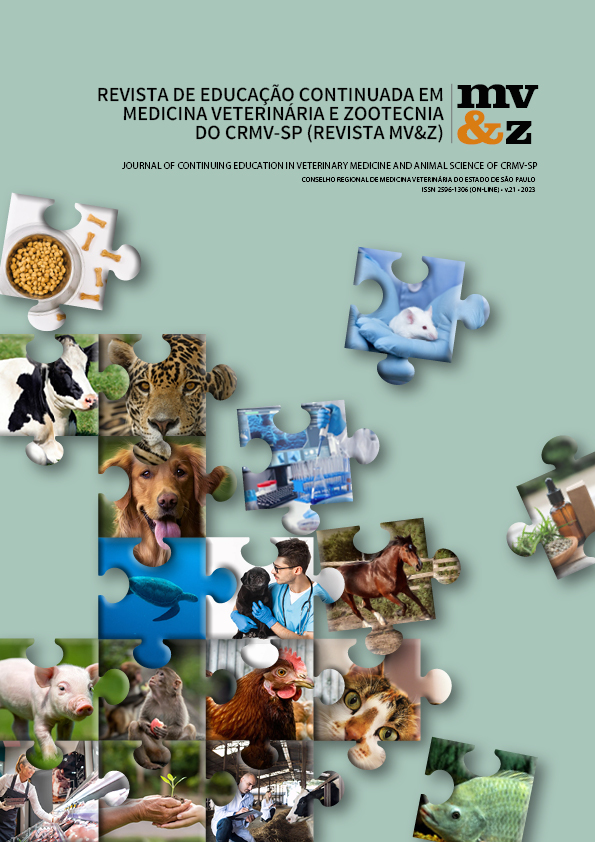Critical analysis of Brazilian Program in Residues and Contaminants Control in Beef
Main Article Content
Abstract
To meet national and international legal requirements, Brazilian companies in the beef sector invest in carrying out analyses of chemical residues in meat and its products. The scarcity of national studies on the determination of sampling, occurrence and risk factors associated with residues in meat and meat products generate uncertainties about the situation in the country, which results in the generation of unnecessary expenses for companies in the sector and for government inspection bodies. In this context, the present study aims to critically analyze the sample representativeness of the waste and contaminant monitoring system carried out by the Ministry of Agriculture, Livestock and Supply. Multivariate statistical analysis was applied using databases provided by Ministry with the results of chemical residue analysis. Samples were collected and analyzed between 2015 and 2019 in muscle portions of the animal’s carcass, liver, kidney, and urine. During this period, on average, 73.7% of the animals slaughtered in Brazil were slaughtered in establishments with a Federal Inspection Service (IBGE, 2023). Thus, 23.3%, on average, of slaughtered animals were not sampleable by the PNCRC. The existence, associated with the size of this non-sampleable segment, introduces a bias that results in the loss of accuracy of the sample, compromising the initial objective of monitoring in the PNCRC, which assumes a representative sample of food of animal origin produced in Brazil (BRASIL, 1999). This loss of accuracy cannot be minimized by increasing the sample size, since this procedure would not solve the impossibility of the sample containing animals whose slaughter took place in establishments with State or Municipal Inspection Services. The sample can be considered representative only of animals slaughtered in establishments with a Federal Inspection Service and not of the total number of animals slaughtered in Brazil. Therefore, the critical analysis of the sampling plan, representativeness and sample size led to the conclusion that the sampling carried out by the PNCRC is not representative of the total population of cattle slaughtered in Brazil, which could compromise, without invalidating the program, the achievement of one of the main objectives of the PNCRC, which is to promote food safety, in relation to chemical hazard, in beef produced in Brazil (BRASIL, 1999). Thus, it is suggested that further studies be carried out using risk-based surveillance systems, which have been structured considering risk exposure and risk assessment methods in association with traditional epidemiological surveillance systems, including A representative sampling of the population of animals slaughtered in establishments with a State and Municipal Inspection Service, in addition to the Federal one, is used, thus ensuring adequate data collection and with a good cost-effectiveness ratio.
Article Details
1. Autores mantém os direitos autorais e concedem à revista o direito de primeira publicação, com o trabalho licenciado sob a Creative Commons Atribuição-NãoComercial-SemDerivações 4.0 Internacional
2. Autores têm autorização para assumir contratos adicionais separadamente, para distribuição não-exclusica da versão do trabalho publicada nesta revista (ex.: publicar em repositório institucional ou como capítulo de livro), com reconhecimento de autoria e publicação inicial nesta revista.
3. Autores têm permissão e são estimulados a publicar e distribuir seu trabalho online (ex.: em repositórios instituicionais ou na sua página pessoal) a qualquer ponto antes ou durante o processo editorial, já que isso pode gerar alterações produtivas, bem como aumentar o impacto e a citação do trabalho publicado (Veja O Efeito do Acesso Livre);
